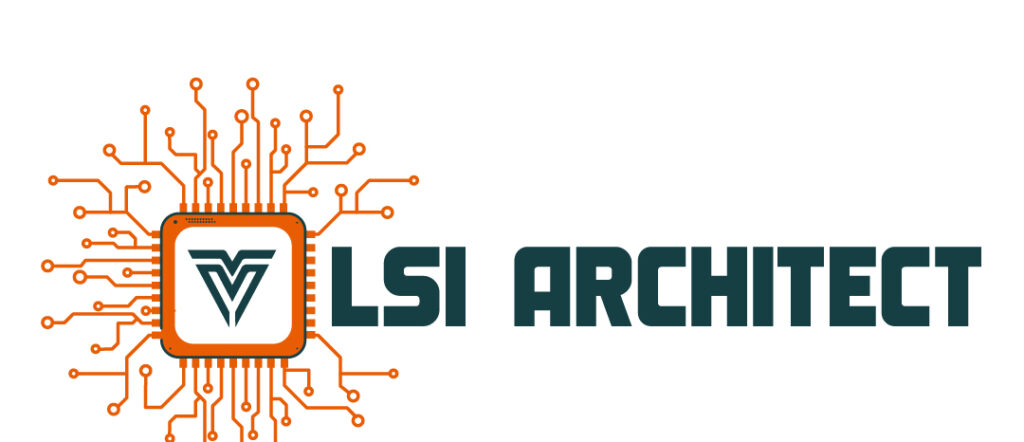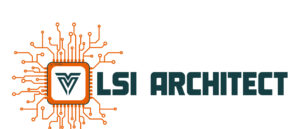Introduction
In the world of VLSI design, mastering analog circuits is both a challenge and an opportunity. For students, researchers, and professionals aiming to specialize in analog CMOS IC design, having a reliable reference is critical. Among the many texts available, Behzad Razavi’s “Design of Analog CMOS Integrated Circuits” stands out as a gold standard.
Adopted by leading universities and widely used across semiconductor training programs, this book has shaped the learning journey of thousands of engineers. In this review, we highlight its structure, strengths, limitations, and its value for today’s learners in VLSI education and industry.
Structure and Coverage
Razavi structures the book in a way that mirrors how a student or engineer builds expertise:
-
MOS Transistor Fundamentals
-
MOSFET device physics, I-V characteristics, non-idealities.
-
Small-signal models, body effect, channel length modulation, velocity saturation.
-
-
Basic Building Blocks
-
Current mirrors, biasing circuits, single-stage amplifiers.
-
Large- and small-signal behavior, output resistance, design trade-offs.
-
-
Frequency Response & Stability
-
Poles, zeros, and shaping transfer functions.
-
Miller effect, compensation techniques, gain-bandwidth product.
-
-
Operational Amplifiers (Op-Amps)
-
Single-stage, two-stage, folded cascode architectures.
-
Gain, noise, slew rate, common-mode rejection explained practically.
-
-
Advanced Topics
-
PLLs, comparators, oscillators, and reference circuits.
-
Layout effects, noise, and mismatch challenges.
-
👉 Each chapter closes with problem sets — bridging theory and application, making it ideal for coursework and self-study.
Why This Book Excels
1. Clarity of Explanation
Razavi simplifies complex ideas like frequency response, noise, and stability, making them intuitive yet mathematically rigorous.
2. Theory Meets Practice
Beyond “how” circuits work, the book explains why designers choose specific architectures, connecting device-level trade-offs to system-level performance.
3. CMOS Relevance
As CMOS dominates modern IC design, the book’s CMOS-centric approach keeps it directly applicable to today’s semiconductor industry.
4. Strong Problem Sets
Problems progress from basics to design challenges — perfect for exams, interviews, and project preparation.
5. Pedagogical Value
It builds analog intuition step by step — a quality many other references miss. This makes it a favorite for both professors and students.
Where It Falls Short
-
CMOS-Focused
Limited coverage of bipolar or BiCMOS design — readers may need supplemental material if working beyond CMOS. -
Not CAD/Tool-Oriented
No step-by-step guidance on Cadence, Synopsys, or Mentor Graphics tools. Learners often need lab manuals or parallel coursework for EDA exposure. -
Advanced RF Coverage is Brief
High-speed/RF design receives minimal treatment. For deeper RF topics, Razavi’s “RF Microelectronics” is the go-to.
Impact on Learning
Universities like IITs, Stanford, Berkeley, UCLA, and countless training centers rely on this book. It is often referred to as the “Bible of CMOS Analog Design”.
Students preparing for GATE, M.Tech, Ph.D., or industry interviews find it particularly useful in:
-
MOSFET small-signal modeling
-
Op-amp architecture & compensation
-
Noise analysis & design trade-offs
-
Building a solid foundation before tackling CAD tools
At VLSI Architect, we often recommend this book as a core text for learners who want to strengthen fundamentals before diving into tool-based analog circuit design projects.
Conclusion
Behzad Razavi’s “Design of Analog CMOS Integrated Circuits” remains an indispensable reference for analog IC engineers. For any learner aspiring to enter semiconductor R&D, academia, or industry roles in analog/RF design, it is a must-have.
While additional resources are needed for EDA labs and advanced RF applications, Razavi’s depth and clarity make this book one of the most influential contributions to VLSI education worldwide.
⭐ Rating: 4.8/5 — A must-read for every aspiring analog IC designer.


